The Physics of Quantum Optomechanics
Introduction
Quantum optomechanics is a field of physics that explores the interaction between light (the quantum optical system) and mechanical motion (the mechanical system). This interaction is mediated by radiation pressure, a force that light exerts on any surface it encounters. The field is a fusion of quantum optics and nanomechanics, and it has potential applications in precision measurement, quantum information, and fundamental quantum theoryQuantum Theory.
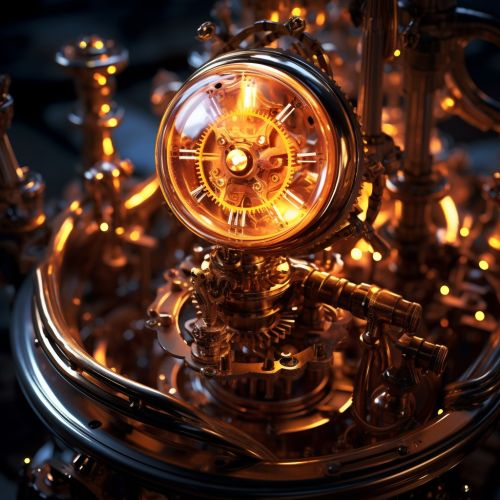
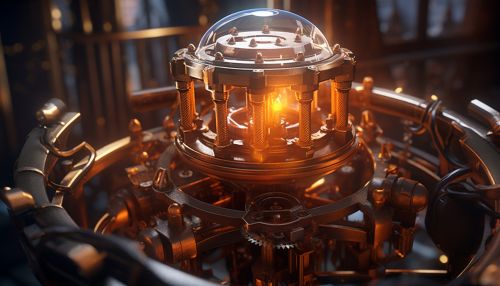
Quantum Optics
Quantum optics is a branch of quantum physics that focuses primarily on the behavior of light and its interactions with matter at the microscopic level. The field began with the theoretical foundation laid by Max Planck, who proposed that light is made up of discrete packets of energy called quanta, now known as photonsPhotons. This was a significant departure from the classical wave theory of light, leading to the development of quantum mechanics.
Nanomechanics
Nanomechanics is a branch of nanotechnology that deals with the mechanical (elastic, thermal and kinetic) properties and behaviors of physical systems at the nanometer scale. This includes the investigation of materials' deformations, vibrations, and mechanical characteristics at this scale. The field is crucial in exploring the fundamental limits of mechanical systems and the design of novel nano-devices.
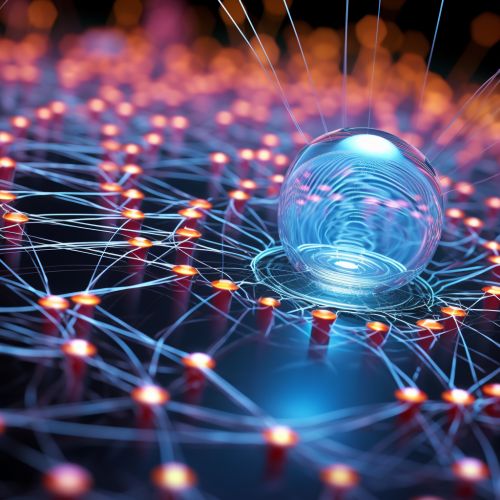

Principles of Quantum Optomechanics
Quantum optomechanics is based on the principles of both quantum optics and nanomechanics. The key concept is the interaction of an optical field with a mechanical system. This interaction is facilitated by radiation pressure, which is the pressure exerted by the momentum of photons when they strike a surface.
In quantum optomechanics, the mechanical system can be a mirror in an optical cavity, a nanomechanical resonator, or any other system that can couple to an optical field. The optical field can be a laser beam, a mode of an optical cavity, or any other form of light that can interact with the mechanical system.

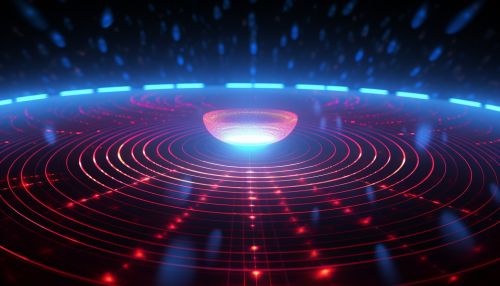
Applications of Quantum Optomechanics
Quantum optomechanics has a wide range of potential applications, including precision measurement, quantum information processing, and fundamental tests of quantum mechanics.
Precision Measurement
One of the most promising applications of quantum optomechanics is in the field of precision measurement. The interaction between light and mechanical motion can be used to measure physical quantities with unprecedented accuracy. For example, optomechanical systems can be used to measure forces, displacements, and temperatures at the nanoscale with high precision.
Quantum Information Processing
Quantum optomechanics can also be used in quantum information processing. The interaction between light and mechanical motion can be used to manipulate quantum information, which could lead to the development of quantum computers and other quantum technologies.
Fundamental Tests of Quantum Mechanics
Finally, quantum optomechanics can be used to test the fundamental principles of quantum mechanics. For example, it can be used to explore the quantum nature of mechanical systems and to test the limits of quantum superposition and entanglement.
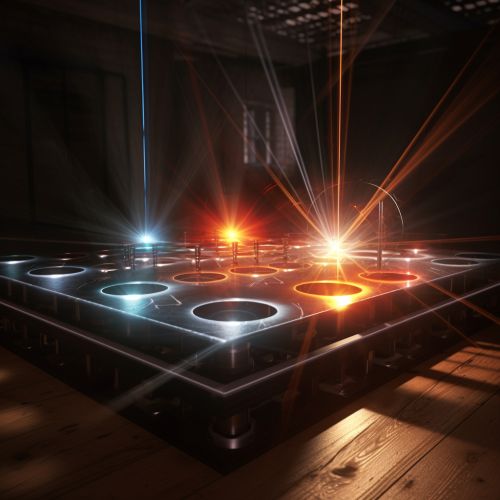
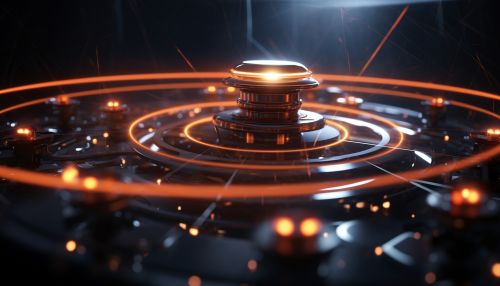
Challenges and Future Directions
Despite the potential of quantum optomechanics, there are several challenges that need to be addressed. One of the main challenges is the difficulty in achieving strong coupling between the optical and mechanical systems. This requires precise control over the mechanical system and the optical field, which is difficult to achieve in practice.
Another challenge is the decoherence of the mechanical system, which can limit the quantum behavior of the system. Decoherence is the process by which a quantum system loses its quantum properties due to interaction with its environment.
Future research in quantum optomechanics will likely focus on addressing these challenges and exploring new applications of the field. This could include the development of novel optomechanical systems, the exploration of new regimes of optomechanical interaction, and the application of quantum optomechanics in quantum technology and fundamental physics.


